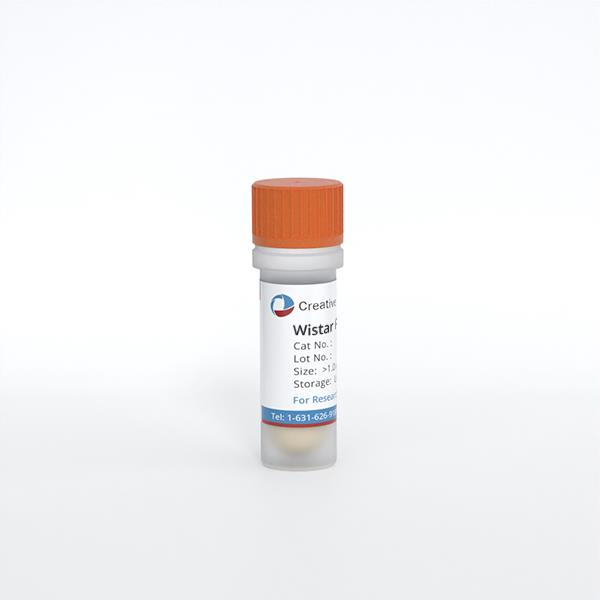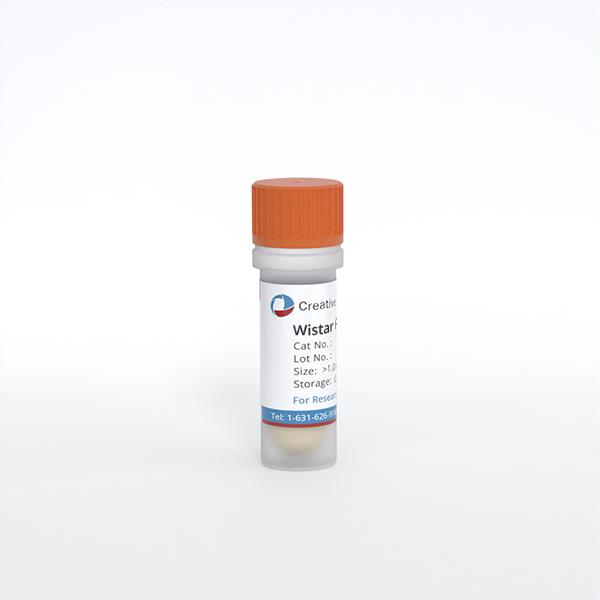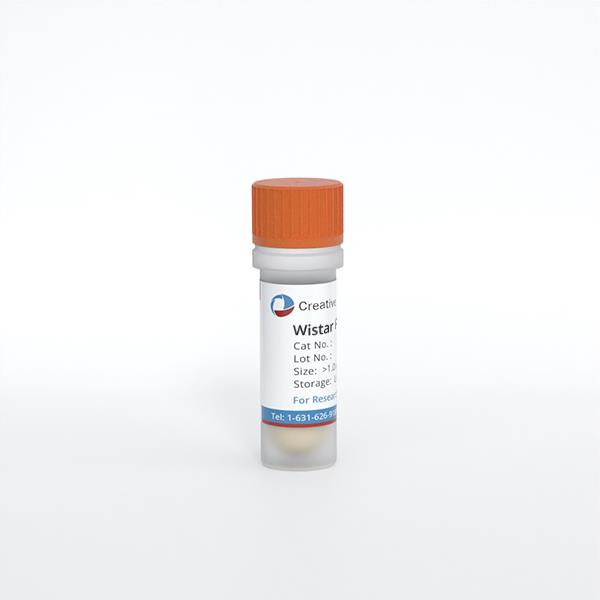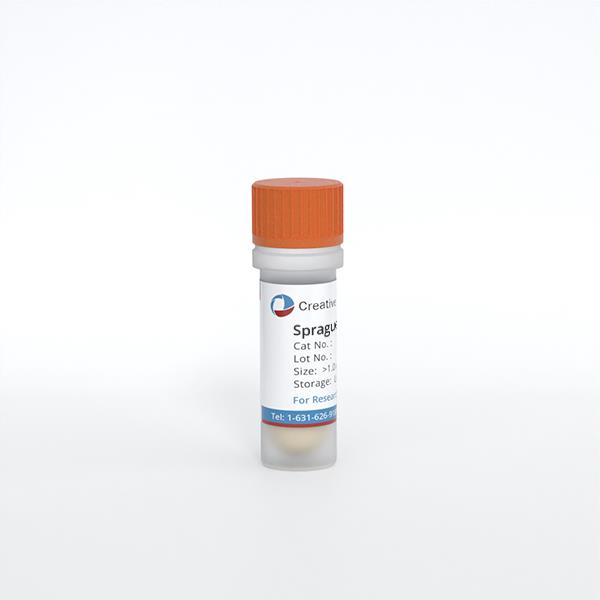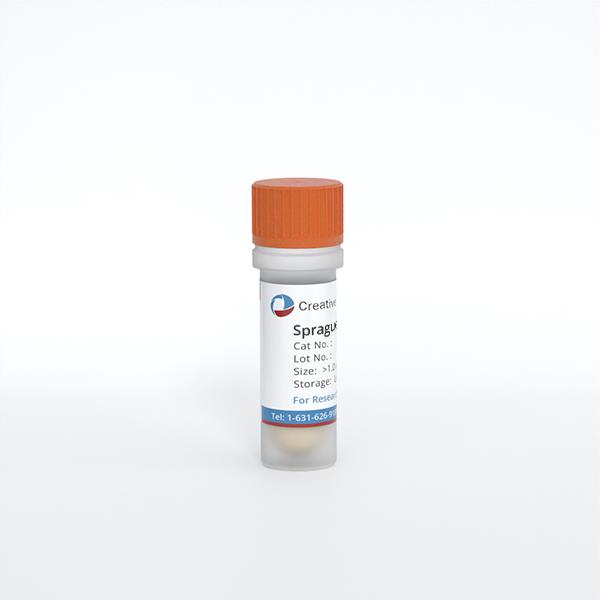Featured Products
Hot Products
ONLINE INQUIRY

Rat Schwann Cells
Cat.No.: CSC-C1795
Species: Rat
Cell Type: Schwann Cell; Glial Cell
- Specification
- Q & A
- Customer Review
Cat.No.
CSC-C1795
Description
Schwann cells are neural crest derivatives that ensheathe and myelinate axons of peripheral nerves. Each Schwann cell wraps around the shaft of an individual peripheral axon, forming myelin sheaths along segments of the axon. Schwann cells play important roles in the development, function, and regeneration of peripheral nerves. When an axon is dying, the Schwann cells surrounding it aid in its digestion, leaving an empty channel formed by successive Schwann cells, through which a new axon may then grow from a severed end. The number of Schwann cells in peripheral nerves is tightly regulated. Their proliferation in vitro can be stimulated by various growth factors including PDGF, FGF, neuregulin, and others. Schwann cells provide a relatively simple, well-defined, and accessible mammalian model for the study of a number of developmental questions. It is also of particular clinical importance in understanding the biology of Schwann cells, not only in the context of neuropathies and nerve regeneration, but also because the cells or their precursors may be especially well suited for implants to facilitate repair in the CNS.
RSC are isolated from neonatal rat sciatic nerves. RSC are cryopreserved either at primary or passage one culture and delivered frozen. Each vial contains >5 x 10^5 cells in 1 ml volume. RSC are characterized by immunofluorescence with antibodies specific to S-100, GFAP, and CD90. RSC are negative for mycoplasma, bacteria, yeast, and fungi. RSC are guaranteed to further culture under the conditions provided by Creative Bioarray.
RSC are isolated from neonatal rat sciatic nerves. RSC are cryopreserved either at primary or passage one culture and delivered frozen. Each vial contains >5 x 10^5 cells in 1 ml volume. RSC are characterized by immunofluorescence with antibodies specific to S-100, GFAP, and CD90. RSC are negative for mycoplasma, bacteria, yeast, and fungi. RSC are guaranteed to further culture under the conditions provided by Creative Bioarray.
Species
Rat
Recommended Medium
It is recommended to use Schwann Cell Medium for the culturing of RSC in vitro.
Cell Type
Schwann Cell; Glial Cell
Disease
Normal
Storage and Shipping
ship in dry ice; store in liquid nitrogen
Citation Guidance
If you use this products in your scientific publication, it should be cited in the publication as: Creative Bioarray cat no. If your paper has been published, please click here to submit the PubMed ID of your paper to get a coupon.
Ask a Question
Write your own review
Related Products


